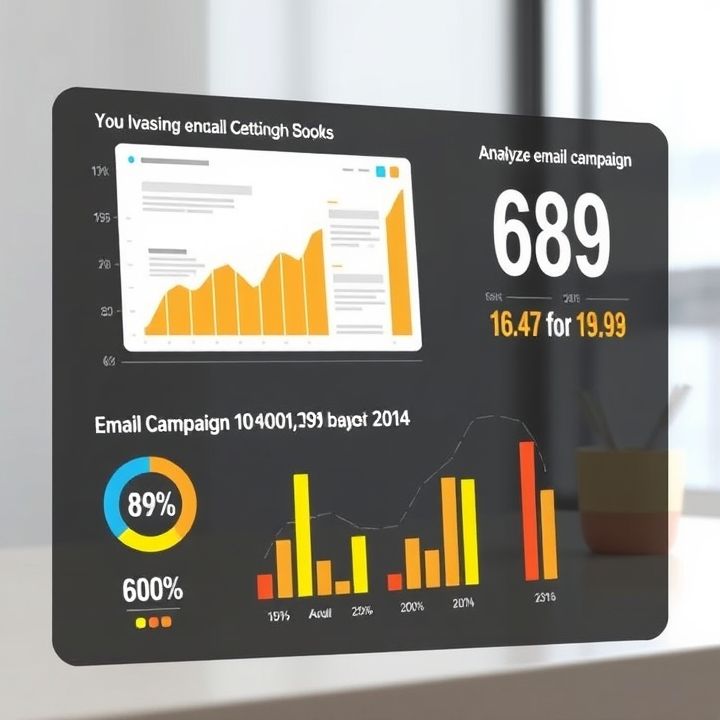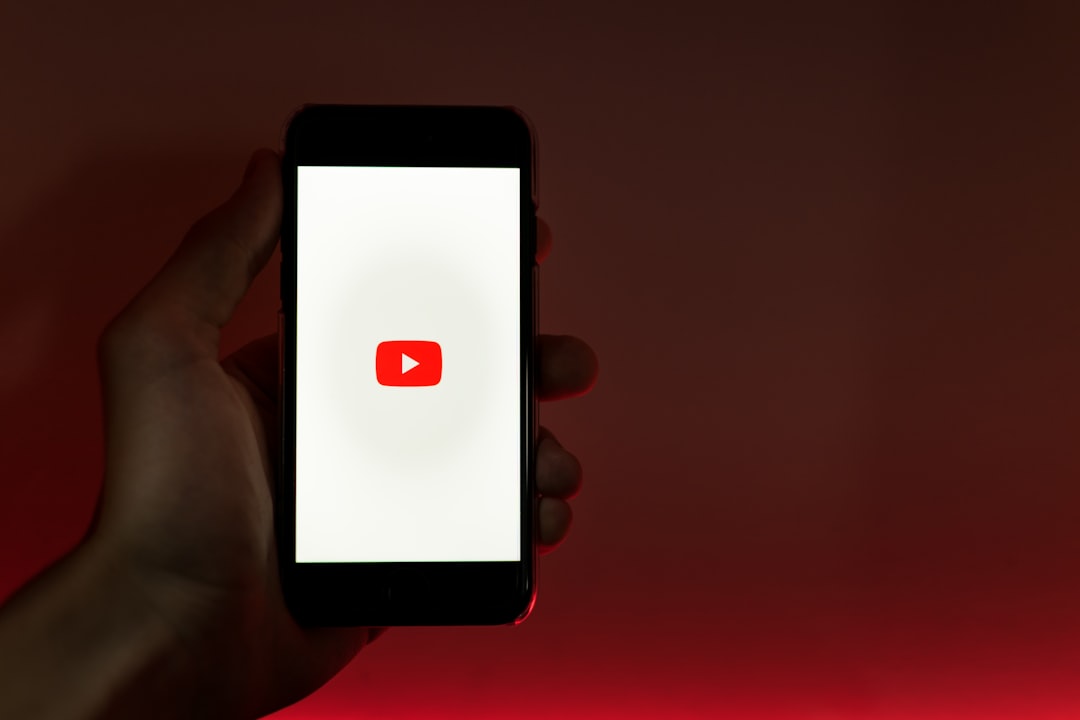Table of Contents
- Introduction
- Historical context of Joel 2:28-32 and its prophetic significance
- Understanding the concept of the ‘Outpouring of the Spirit’ in biblical theology
- The role of dreams, visions, and prophecies in the lives of believers
- The inclusivity of God’s Spirit—a promise for all people
- Connections between Joel’s prophecy and the New Testament fulfillment in Acts 2
- The significance of signs and wonders in the outpouring of the Spirit
- Contemporary parallels: Spiritual movements and experiences today
- The call to repentance and the promise of salvation intertwined with the outpouring
- Conclusion
- Frequently Asked Questions
Introduction
In a world often clouded by uncertainty and despair, the promise of hope resonates profoundly, particularly in the prophetic words of Joel 2:28-32, where God declares, “After this, I will pour out my Spirit on all humanity; then your sons and your daughters will prophesy, your old men will dream dreams, and your young men will see visions. I will even pour out my Spirit on the male and female slaves in those days. I will display wonders in the heavens and on the earth: blood, fire, and columns of smoke. The sun will be turned to darkness and the moon to blood before the great and terrible day of the Lord comes. Then everyone who calls on the name of the Lord will be saved.”
These words are not mere historical echoes; they pulse with the transformative power of God’s Spirit, inviting each of us into a deeper connection with the Divine. As we delve into the essence of this scripture, we explore a divine awakening that transcends generations and cultural boundaries, a spiritual revitalization that promises to reshape our understanding of faith. Join us on this journey to uncover how this prophetic message can ignite our souls and inspire profound change in our lives today.
Historical context of Joel 2:28-32 and its prophetic significance
The passage of Joel 2:28-32 is significant both historically and prophetically within the context of the Hebrew Bible. Historically, the Book of Joel is believed to have been written during a time of crisis, possibly in the post-exilic period, when the people of Israel faced devastation from locust plagues and impending judgment. The prophet Joel calls for national repentance and restoration, emphasizing God’s mercy and the possibility of renewal.
In verses 28-32, Joel presents a vision of the future where God’s Spirit is poured out on all people, transcending age, gender, and social status. This promise becomes a pivotal prophetic element, as it points to a time of spiritual awakening and empowerment for the community. The prophetic significance of this passage is further heightened in the New Testament, particularly in Acts 2, where Peter cites Joel’s prophecy during the Pentecost event, marking the fulfillment of this outpouring through the Holy Spirit.
This connection underlines the transformative nature of God’s plan for humanity, portraying a radical inclusivity in God’s engagement with His creation.
Understanding the concept of the ‘Outpouring of the Spirit’ in biblical theology
The concept of the ‘Outpouring of the Spirit’ in biblical theology is a profound theme that highlights God’s active participation in the lives of His people. In Joel 2:28-32, the promise of the Spirit’s outpouring signifies a transformative experience where God equips His followers with spiritual gifts, insight, and empowerment. This event is not limited to a select few but extends to all people, regardless of age, gender, or social status, thereby emphasizing inclusivity in God’s plan.
Biblically, the outpouring serves as a testament to God’s ongoing relationship with humanity, fulfilling His covenant promises. It marks a shift from the Old Testament’s occasional anointing of individuals, such as prophets and kings, to a New Testament reality where the Spirit dwells within believers. This internalization of the Spirit empowers Christians to live according to God’s will, propagate the Gospel, and perform acts of service and love. Understanding this outpouring illuminates the broader context of salvation history, showcasing how the Spirit fosters spiritual renewal and communal unity in the Body of Christ.
The role of dreams, visions, and prophecies in the lives of believers
The role of dreams, visions, and prophecies in the lives of believers is profoundly significant, as highlighted in Joel 2:28-32.
These spiritual experiences serve as conduits through which God communicates His will and purpose to His people. Dreams are often seen as a means of personal revelation, providing insight into one’s life journey or calling.
Visions, on the other hand, can depict broader scenarios, offering glimpses into future possibilities or divine truths that may not be immediately obvious.
Prophecies play a pivotal role in affirming faith and guiding the community, acting as messages from God that can inspire and warn the faithful.
Collectively, these elements are essential for spiritual growth, providing believers with a deeper understanding of their relationship with God and their place in His plan.
Through the outpouring of God’s Spirit, as foretold in Joel, believers are encouraged to be receptive to these forms of divine communication, deepening their faith and fostering a vibrant community of followers.
The inclusivity of God’s Spirit—a promise for all people
The inclusivity of God’s Spirit is a central theme in Joel 2:28-32, where the promise of the outpouring of the Spirit is extended to all people—men and women, young and old, and even those considered marginalized. This passage emphasizes that the gift of the Holy Spirit is not limited to a select group or a particular status. Instead, it highlights God’s desire to engage with every individual, regardless of their social, economic, or cultural background.
In these verses, God assures His people that His Spirit will empower them to prophesy, dream dreams, and see visions. This indicates a radical shift in how God’s voice is communicated and understood, breaking down past barriers of exclusivity. It illustrates that divine inspiration is accessible to everyone, fostering a sense of community and shared purpose.
Ultimately, the promise of God’s Spirit invites all people into a transformative relationship with the divine, making it a profound declaration of hope and unity within the community of believers. The verse serves as a reminder of the boundless grace available to all, reinforcing the belief that everyone has a role in God’s bigger plan.
Connections between Joel’s prophecy and the New Testament fulfillment in Acts 2
The prophecy in Joel 2:28-32 speaks of a time when God will pour out His Spirit on all people, leading to widespread visions and dreams among the young and old alike. This prediction emphasizes inclusivity, suggesting that divine inspiration is not limited by age, gender, or social status. This theme of universal access to God’s Spirit finds its fulfillment in the New Testament, specifically in Acts 2, during the Pentecost event.
In Acts 2, the apostles, empowered by the Holy Spirit, begin to speak in different tongues, which astonishes the diverse crowd gathered in Jerusalem. Peter directly references Joel’s prophecy to explain the miraculous events occurring, stating that what they are witnessing is indeed a fulfillment of Joel’s words.
Moreover, the outpouring of the Spirit signifies a new era in God’s relationship with humanity, highlighting a shift where spiritual gifts and the ability to prophesy are available to all believers. This connection between the Old and New Testaments underscores the continuity of God’s plan and the transformative power of His Spirit in the lives of individuals.
The significance of signs and wonders in the outpouring of the Spirit
The passage of Joel 2:28-32 emphasizes the profound significance of signs and wonders that accompany the outpouring of God’s Spirit. These manifestations serve as divine markers, illustrating God’s presence among His people. Signs and wonders are not simply extraordinary occurrences; they are indicators of the transformative power of the Holy Spirit, awakening faith and drawing attention to the message of salvation.
The imagery of dreams, visions, and prophecies showcases the active engagement of God in the lives of individuals, highlighting His desire for a relationship with humanity. This outpouring is inclusive, as both men and women, young and old, are called to experience the Spirit’s movement.
Additionally, signs and wonders are pivotal in affirming the authenticity of the Gospel message, providing tangible evidence of God’s intervention in the world. They encourage believers to engage in spiritual gifts and community building, fostering unity and collective worship.
Ultimately, these phenomena enhance the believer’s experience, inviting everyone into a deeper understanding of God’s purpose and love.
Contemporary parallels: Spiritual movements and experiences today
In recent decades, there has been a notable resurgence of spiritual movements that resonate with the themes of Joel 2:28-32, particularly the outpouring of God’s Spirit. Many contemporary religious communities report profound experiences of spiritual renewal and empowerment, often characterized by charismatic worship, healing, and prophetic insights.
Numerous gatherings, such as revivals and conferences, draw large crowds eager to experience divine encounters. Participants often describe feelings of heightened awareness, profound peace, and a sense of calling, mirroring the scriptural promise that young people will see visions and old people will dream dreams.
Additionally, movements like Pentecostalism and the Charismatic Renewal emphasize the active presence of the Holy Spirit in believers’ lives, encouraging the manifestation of spiritual gifts. This alignment with Joel’s prophecy suggests that the longing for spiritual depth remains alive today, as individuals seek authenticity and connection with the divine. Through various expressions—whether through music, community service, or social justice advocacy—these spiritual movements continue to shape contemporary faith practices, highlighting the enduring relevance of biblical promises in today’s world.
The call to repentance and the promise of salvation intertwined with the outpouring
The passage in Joel 2:28-32 highlights a profound call to repentance, emphasizing the need for genuine turning away from sin. This call is anchored in God’s desire for His people to return to Him wholeheartedly. The backdrop of repentance is crucial, as it prepares the heart for the divine encounter that follows.
In this context, the promise of salvation becomes intertwined with the outpouring of God’s Spirit. The prophetic declaration anticipates a time when God will pour out His Spirit on all people, regardless of their status. This democratization of divine blessing signifies that salvation and spiritual empowerment are accessible to everyone—sons and daughters, old men and young men. The visions and dreams mentioned serve as manifestations of the Spirit’s activity in the lives of believers, confirming God’s promise.
This interconnection between repentance and the outpouring of the Spirit illustrates a transformative process. As individuals respond to God’s call and repent, they become vessels for His Spirit, enabling them to live out their faith with vigor and purpose. Thus, the passage invites a deeper understanding of how repentance leads to reconciliation with God and a renewed relationship with the Holy Spirit.
Conclusion
As we reflect on the transformative power of God’s Spirit as articulated in Joel 2:28-32, it is vital to recognize that you are never alone. Christ walks with you through every challenge, extending His arms to offer you not just hope, but a Savior ready to uplift and empower you. This promise of divine presence assures us that God desires connection and communication with each of us, inviting us into a relationship filled with grace and love.
Take a moment to consider: What is God saying to you in this season of your life? What dreams and visions is He stirring within your heart? More importantly, what are you going to do about it? The call to action is clear; the outpouring of the Spirit means we are equipped to respond, to embrace our calling, and to share the good news of salvation with the world. Open your heart to the movements of the Spirit, and let your response be a resounding ‘yes’ to His invitation for transformation.















